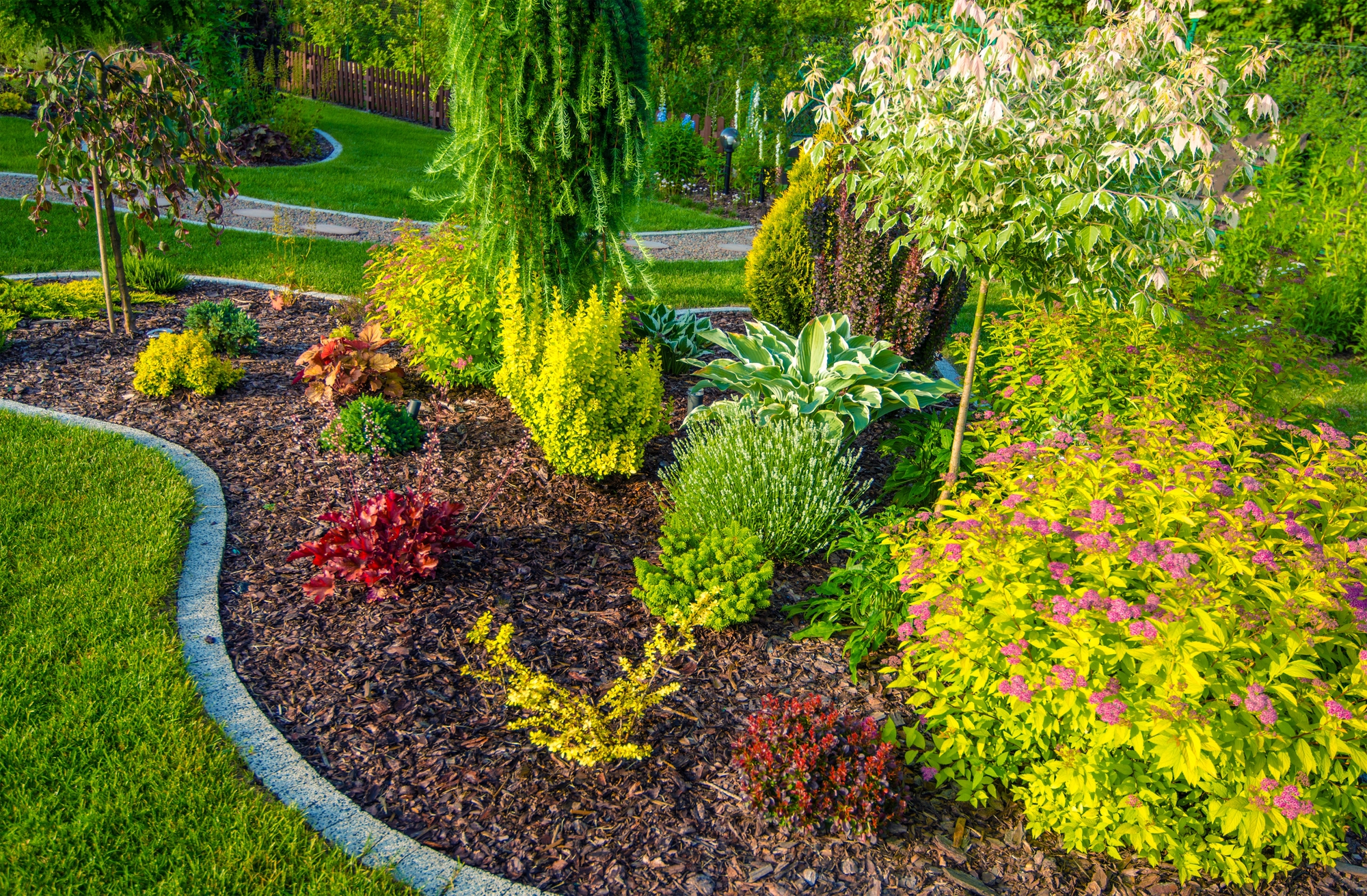Low-maintenance commercial landscaping is a wise choice for businesses looking to enhance their outdoor spaces while minimizing upkeep costs. One of the key elements in achieving this goal is selecting the right plants for your landscape design. In this article, we’ll explore factors to consider when choosing plants and provide tips on plant selection and design techniques for low-maintenance commercial landscapes.
Factors to Consider When Choosing Plants
When embarking on a journey to create a low-maintenance commercial landscape, the choice of plants is paramount. In this section, we will delve into essential factors that should guide your plant selection, ensuring your outdoor space thrives with minimal upkeep. From climate considerations to water-efficient choices, these factors will help you craft a vibrant yet effortlessly sustainable landscape.
Climate and Location
When it comes to plant selection, it’s crucial to consider your local climate and the specific location where the plants will be placed. Choosing plants that are well-suited to your region’s climate and can thrive in the available conditions is the first step toward a low-maintenance landscape. Be mindful of sun exposure and soil type as these factors can greatly influence plant success.
Water Requirements
To reduce water usage and maintenance, opt for drought-tolerant plants. Xeriscaping, which focuses on water-efficient landscaping, is an excellent approach for commercial properties. By selecting plants that require less irrigation, you can conserve water and save on operational costs.
Maintenance Needs
Identify plants with minimal maintenance requirements. High-maintenance species may look beautiful initially but can lead to increased upkeep costs over time. Prioritize plants that don’t require excessive pruning, deadheading, or constant attention.
Plant Selection Tips
Selecting the right plants for your low-maintenance commercial landscaping project can make all the difference. In the following section, we’ll provide valuable tips and insights on plant selection, offering guidance on choosing species that are both visually appealing and easy to maintain. Discover the benefits of native plants, ornamental grasses, evergreens, and perennial flowers to create an effortlessly stunning outdoor space.
Native Plants
Consider incorporating native plants into your landscape design. Native species are adapted to the local environment, making them naturally low-maintenance choices. They typically require less water, fertilizer, and pest control, which can result in cost savings for your commercial landscaping.
Ornamental Grasses
Ornamental grasses are known for their low-maintenance characteristics. They require minimal care and can add texture and visual interest to your landscape. Incorporate ornamental grasses strategically to create a visually appealing and hassle-free outdoor space.
Evergreen Trees and Shrubs
Evergreen plants offer year-round appeal and can reduce the need for seasonal replanting. They maintain their foliage even during the colder months, providing structure and color consistency throughout the year. Choose evergreen species that suit your climate and landscape design.
Perennial Flowers
Perennials are a great choice for adding seasonal color without the need for constant replanting. Select low-maintenance perennials that are well-suited to your region. By doing so, you can enjoy vibrant blooms without the continuous effort of replacing annuals.
Designing Low-Maintenance Landscapes
Designing a low-maintenance landscape requires careful planning and thoughtful choices. In this section, we’ll explore practical techniques for crafting outdoor spaces that thrive with minimal effort. Learn about proper plant spacing, the benefits of mulching, and how these design strategies can contribute to a low-maintenance commercial landscape that remains beautiful and hassle-free year-round.
Proper Plant Spacing
Ensure proper plant spacing to reduce competition for resources and minimize maintenance needs. Adequate spacing allows plants to grow freely without overcrowding, reducing the risk of disease and the need for frequent pruning.
Mulching
Mulch serves as a valuable tool in low-maintenance landscaping. It helps conserve moisture, suppresses weeds, and improves the overall aesthetics of your landscape. Apply mulch around plantings to create a more manageable and appealing outdoor space.
Conclusion
Choosing the right plants for low-maintenance commercial landscaping is a strategic investment that can lead to long-term cost savings and a beautiful outdoor environment. By considering factors like climate, water requirements, and maintenance needs, you can create a sustainable and aesthetically pleasing landscape that requires minimal upkeep. Make informed plant selections and implement smart design practices to enjoy the benefits of a low-maintenance commercial landscape that enhances your business’s curb appeal while saving you time and resources.

